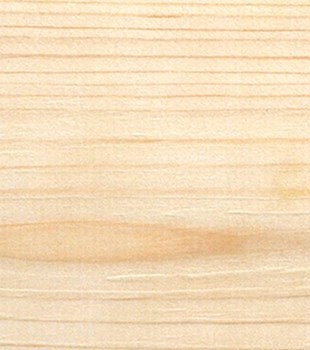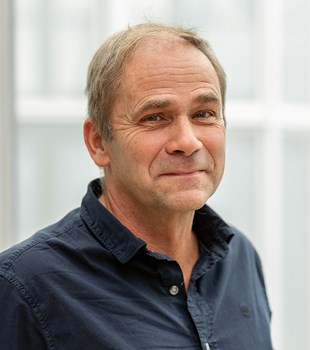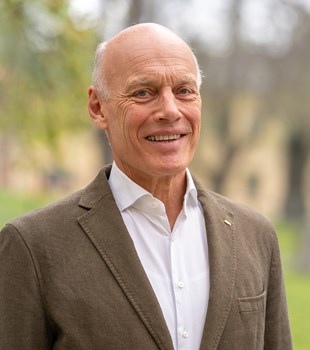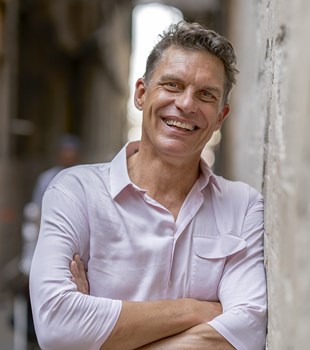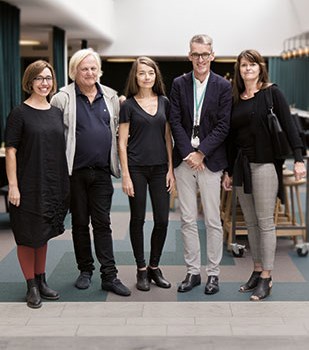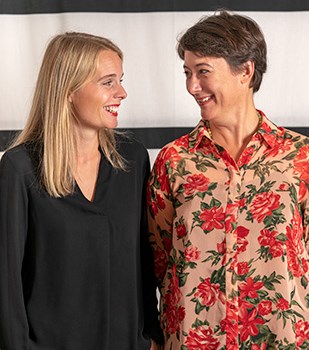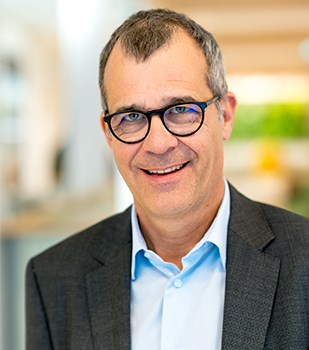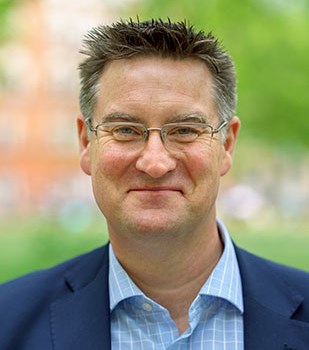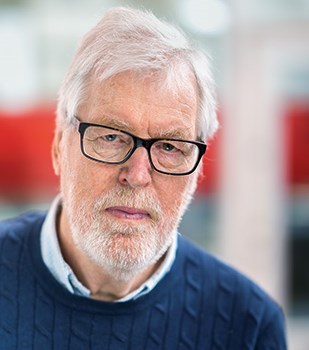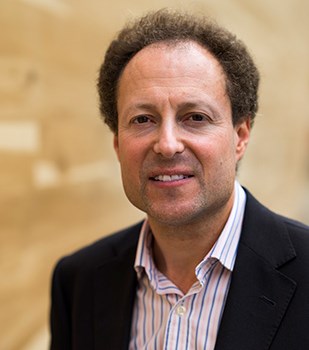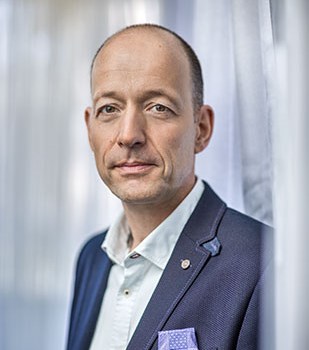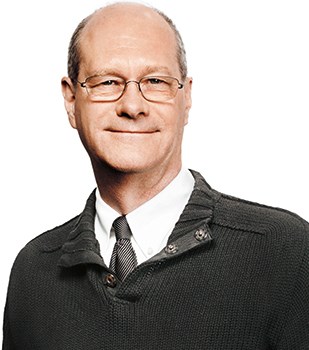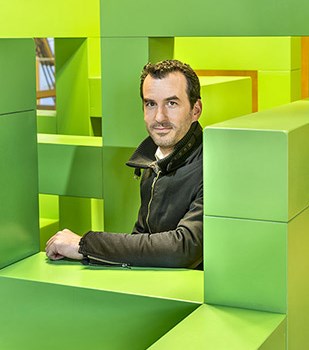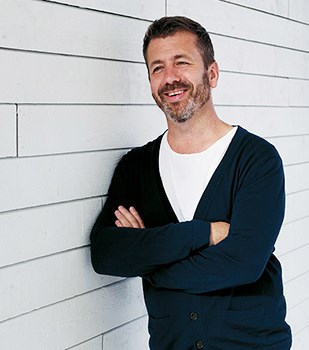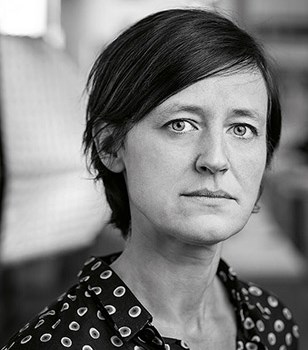What was the purpose of Wood2New?
“The aim of the project was to highlight newly discovered properties of wood and consider how to promote the commercial advantages of wood. My job was to research wood’s capacity to store energy, chiefly in the form of energy from moisture. At the same time, one of my colleagues was researching the psychological aspects of wood. We wanted to find the link between perceptions and the physical explanation for those perceptions.”
Explain the term hygrothermal mass.
“It relates to wood’s potential to absorb moisture. Instead of trying to limit the ingress of solar energy, we can use it over the course of the day to dry out the walls. At night, when the temperature drops, the air’s relative humidity (RF) increases. Moisture is then absorbed back into the wood and the absorption energy from the moisture is returned to the room as heat. All this is made possible by wood’s thermal emissivity and conductivity properties.”
How much energy can hygrothermal mass actually save?
“So far we’ve only done theoretical calculations, rather than taking measurements. Our calculations put the savings on a par with the energy savings from thermal mass, at around 10–15 per cent compared with not using the hygrothermal mass. With that kind of saving, if we build a low-energy house that utilises hygrothermal mass, the building would actually be able to achieve Passive House status.”
What factors are important to bear in mind when designing the structure?
“There are two main factors here. The first is the building’s ventilation system, which helps to acclimatise the rooms. It’s important that the structure is airtight. The second factor is how the surfaces are treated. Untreated wood delivers the greatest effect, but if you do cover it, the key is to use a breathable material. Painted surfaces significantly reduce the desired effect.”
Does the whole structure need to be wood, or can other materials be used?
“No, not everything has to be wood. However, we are planning to investigate what impact a structure made entirely from wood has on the effect of the hygrothermal mass.”
How might it work in practical terms?
“We waste a lot of energy in the bathroom, often making it 3–5 degrees warmer simply because it feels cold when we step out of the shower with a damp body. But why heat the room all the time just for those few minutes when we get out of the shower?
“If, instead, we have a bathroom where the ceiling and the upper part of the walls are clad in exposed wood, we can use the energy that the walls and ceiling absorb when we shower to heat up the bathroom temporarily. Wood’s capacity to absorb moisture is enough to make the room at least two degrees warmer. So the room warms up at exactly the moment that people want it to, and for the rest of the time the bathroom can stay at the same temperature as the rest of the house.”
If you were able to continue researching, what would be your dream project?
“Continuing to research hygrothermal mass and its potential. Possible areas might be ‘Living in wood – a material for indoor climate control’, ‘Why is it better to live in a wooden house?’, ‘How can we exploit the properties of wood for optimum climate control?’ and ‘How important is it for our comfort and health to live surrounded by wood?’.
Text & Photo David Valldeby
The full study can be downloaded at wood2new.org/publications
Kristine Nore has a background as a structural engineer at what was formerly Moelven Massivtre and has worked a great deal on CLT buildings. Her doctoral thesis was about ventilated wooden cladding. She now works as a researcher at the Norwegian Institute of Wood Technology.


